When a cat’s sternum sticks out, its breastbone protrudes prominently from its chest. This condition, also known as pectus excavatum or funnel chest, can be caused by various factors such as genetics, poor nutrition, or respiratory issues.
Treatment options for this condition may include surgery, dietary modifications, and respiratory support. If you notice that your cat’s sternum is sticking out, it’s crucial to consult with a veterinarian to determine the underlying cause and develop an appropriate treatment plan. Early intervention can sometimes prevent the condition from worsening and improve your cat’s overall health and wellbeing.
Here we will explore what causes a cat sternum sticking out, how to determine if it’s normal, and when to seek veterinary attention. We will also discuss treatment options and tips for preventing cat sternum issues. So, if you’re worried about your cat’s health and want to ensure their wellbeing, keep reading.
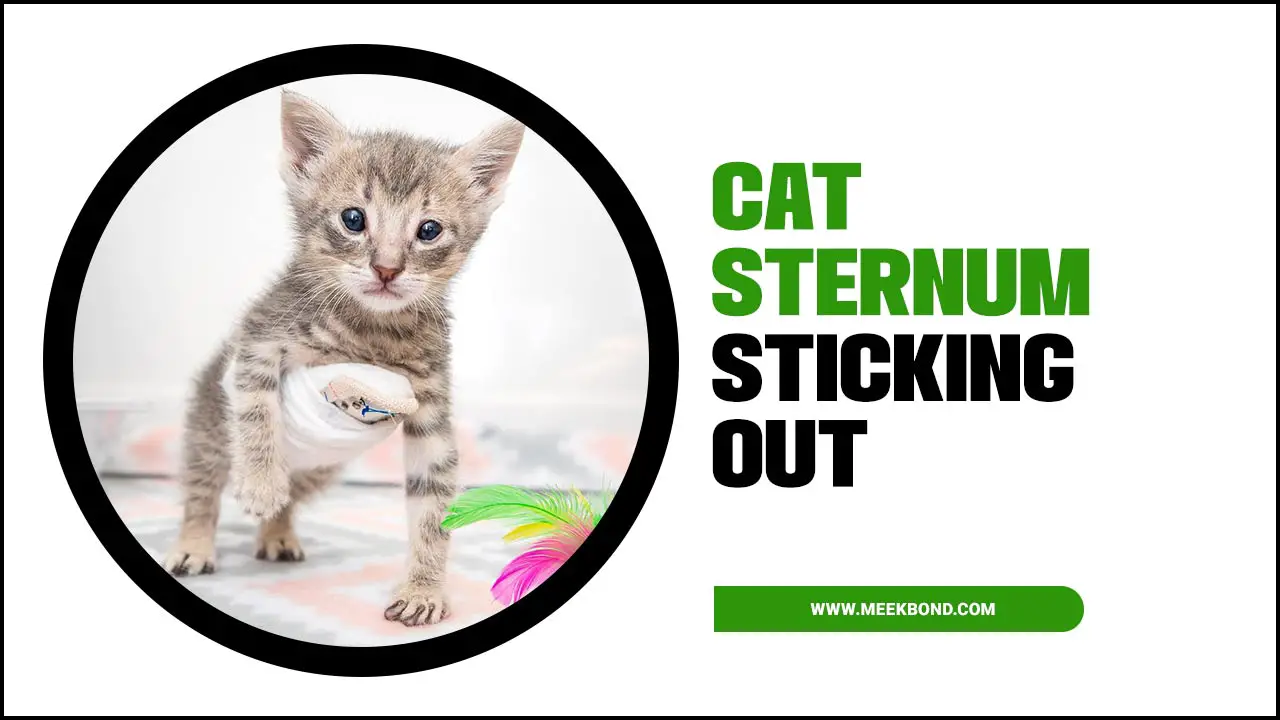
Causes Of Cat Sternum Sticking Out
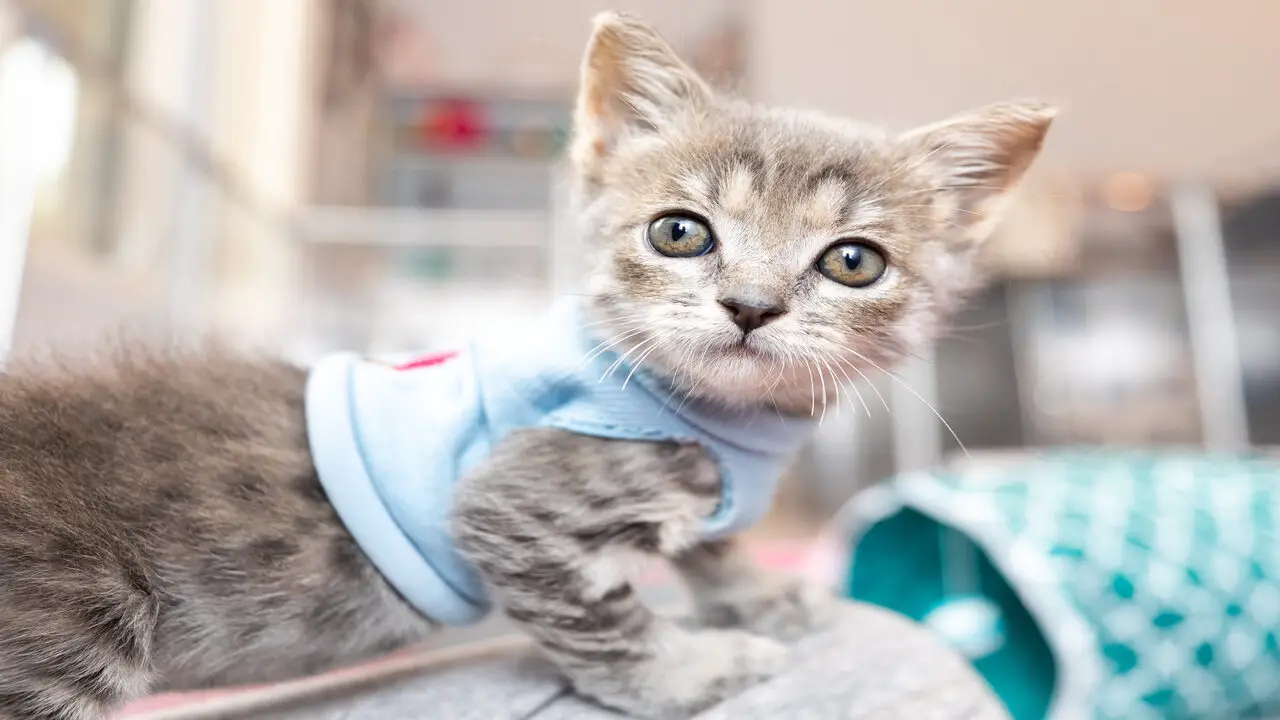
Excessive fat accumulation in cat sternum sticking out. Poor nutrition and a lack of exercise can also contribute to a protruding sternum. Additionally, congenital heart defects are possible causes of a cat’s sternum sticking out. Trauma or injury to the chest area may also lead to a protruding sternum. Genetic factors can play a role in a cat’s sternum sticking out.
It’s essential to consult a vet if you notice your cat’s sternum sticking out. They can determine the best way to address the issue based on possible reasons such as bony lumps, rib cage abnormalities, or conditions like pneumothorax. In some cases, antibiotics may be prescribed to treat any underlying infections. Below we discuss this in detail.
Excessive Fat Accumulation Around The Chest And Abdomen
Excessive fat accumulation around the chest and abdomen can contribute to a protruding sternum in cats. This condition is often seen in obese cats or those with a sedentary lifestyle. A cat carrying excess weight can lead to fat buildup in the chest and abdomen, causing the sternum to stick out.
To address this issue, managing a cat’s weight through a balanced diet and regular exercise is essential. Consult a veterinarian to determine the best way to help your cat lose weight and reduce the appearance of a protruding sternum.
They can provide guidance on nutrition, exercise routines, and possible reasons for excessive fat accumulation. By addressing the underlying cause and promoting a healthy weight, you can improve your cat’s overall wellbeing and reduce the prominence of its sternum.
Lack Of Exercise Or Poor Nutrition
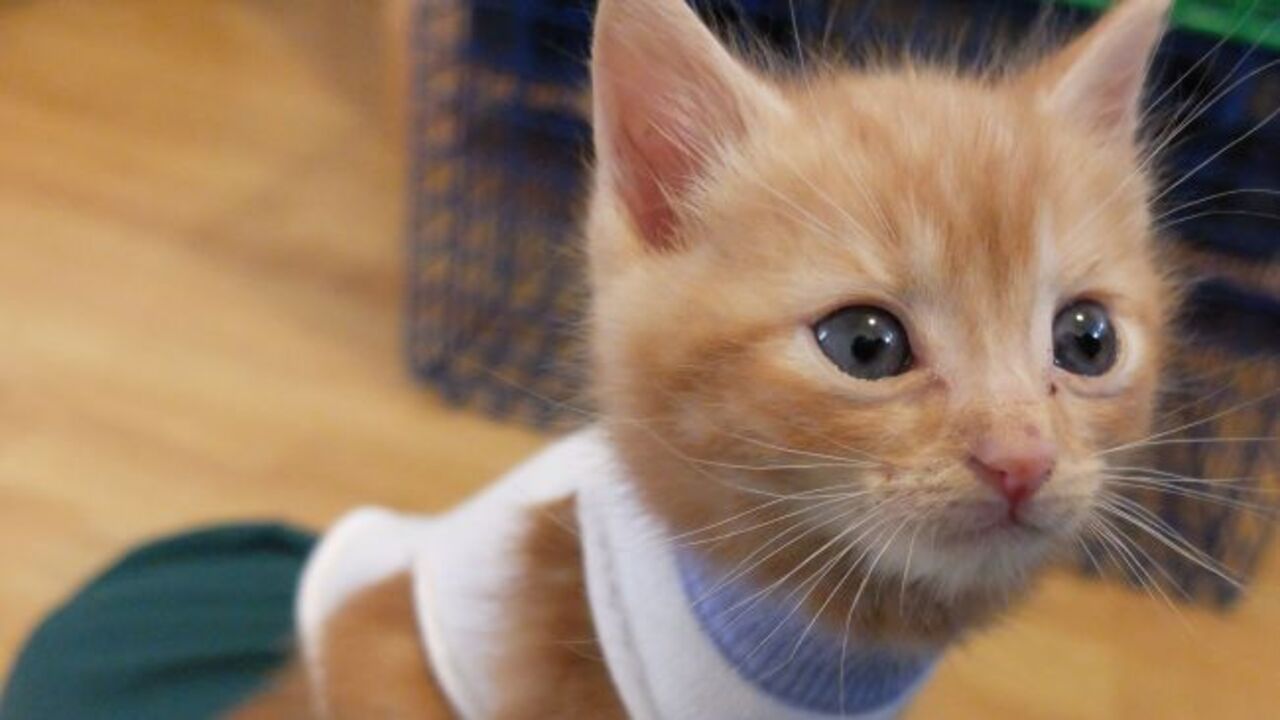
Insufficient exercise can lead to muscle weakness, possibly contributing to a protruding sternum in cats. A cat’s sternum sticking out can also be caused by poor nutrition, affecting muscle development. Providing a balanced diet and engaging in regular play and exercise are essential to prevent a protruding sternum in cats. Consulting with a veterinarian for appropriate nutrition and training for your cat is recommended.
Maintaining a healthy lifestyle can promote overall wellbeing and reduce the risk of a protruding sternum in your feline companion. Remember to prioritize your cat’s wellbeing by ensuring adequate exercise and nutrition.
Congenital Heart Defects
Cats born with congenital heart defects may have a sternum that sticks out. Certain heart conditions can affect the development of the chest, leading to a protruding sternum. Regular veterinary check-ups are essential in identifying and monitoring cat congenital heart defects.
Treatment options for these defects may vary depending on the specific condition, so it’s necessary to consult a vet for proper diagnosis and management. By incorporating NLP terms like “vet” and “kitten”, you can ensure that your furry friend receives the best care possible. Early intervention addresses congenital heart defects and maintains your cat’s overall health and wellbeing.
Trauma Or Injury To The Chest Area
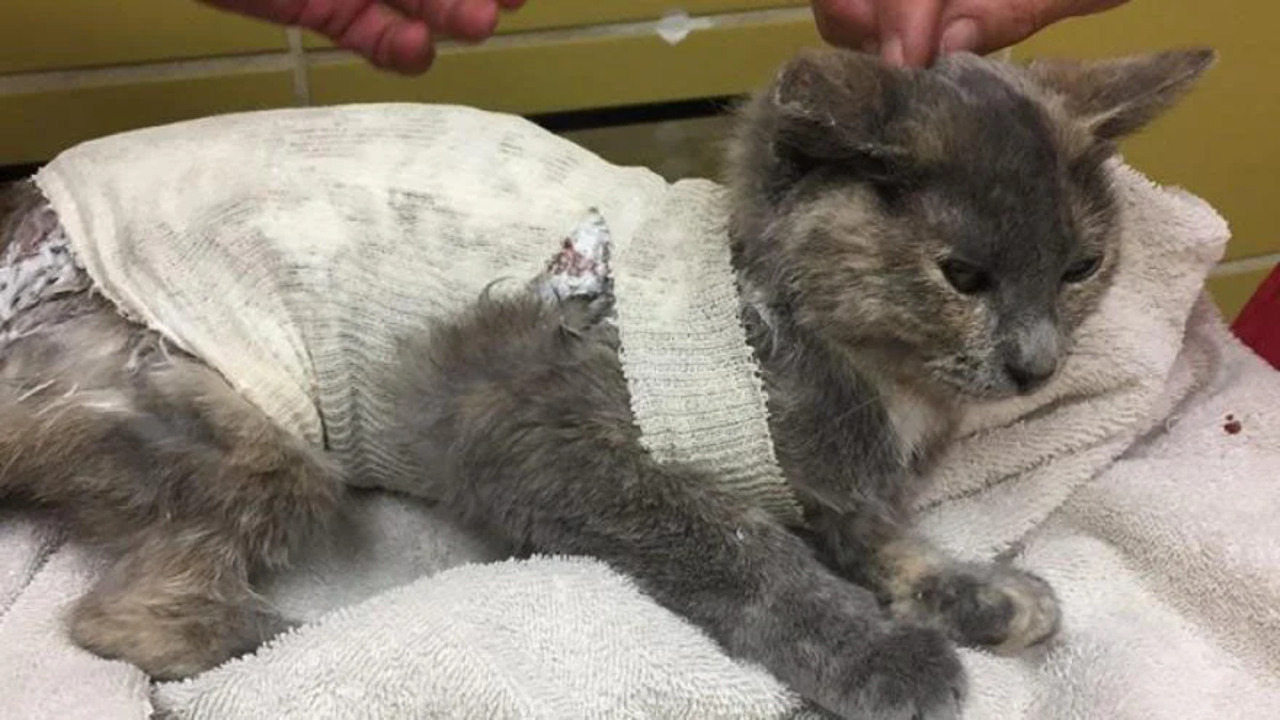
Trauma or injury to the chest area can result in a cat’s sternum sticking out. Accidents or falls can cause damage to the chest, leading to a protruding sternum. It is crucial to seek immediate veterinary attention if a cat experiences any trauma or injury to the chest. Diagnostic tests, such as X-rays, may be necessary to assess the extent of internal damage. The severity and nature of the chest trauma will determine the treatment options.
Genetic Factors
Genetic factors play a significant role in a cat’s sternum sticking out. Some breeds are more predisposed to this condition due to genetic factors. Breeding practices also influence the prevalence of genetic disorders affecting the sternum.
It is essential to consult with a veterinarian or breed specialist for guidance on genetic concerns related to a cat’s sternum. Responsible breeding practices can help reduce the occurrence of genetic-related sternum deformities. By understanding the potential genetic factors at play, it is possible to make informed breeding decisions and ensure the overall health of the cat’s rib cage.
Pectus Excavatum In Cats
Pectus excavatum in cats is characterized by the inward displacement of the sternum and costal cartilage. A congenital disability causes the cat’s sternum to be abnormally sunken or depressed. One of the clinical signs of pectus excavatum may include a visible depression or lump on the cat’s thorax.
X-rays are often used to aid in the diagnosis of this condition. Treatment options for pectus excavatum in cats can vary depending on the severity and individual case, but they may include surgical correction or supportive care. If you notice any abnormality in your cat’s sternum, it is best to consult with a vet who can provide the necessary guidance and treatment.
How To Determine If Your Cat’s Sternum Is Normal Or Abnormal
Observing a few key factors can determine if your cat’s sternum is normal or abnormal. Here are some bullet points to help you assess your cat’s sternum. Remember, it is always best to consult a veterinarian for a professional assessment and guidance regarding your cat’s health.
- – Feel for the sternum: Gently run your fingers along your cat’s chest and feel for the presence of the sternum. It should be readily palpable and have a smooth, even contour.
- – Look for abnormalities: Check for any visible signs of exceptions, such as protrusions or asymmetry. An average cat’s sternum should not stick out prominently or appear deformed.
- – Observe your cat’s behaviour: If it shows signs of discomfort or pain when touched in the chest area, it may indicate an issue with the sternum. Monitor their behaviour and consult a veterinarian if you notice any concerning symptoms.
When To Seek Veterinary Attention For A Cat With A Protruding Sternum
See veterinary attention if you notice your cat’s sternum protruding or causing discomfort. Changes in behaviour, appetite, activity level, breathing difficulties, or signs of pain should not be ignored and require immediate care.
A vet can examine your cat and recommend tests. Early intervention prevents complications. Consult a vet if you observe concerns like a bony lump or abnormal rib cage shape. Antibiotics or further treatment may be prescribed if conditions like pneumothorax are suspected. Seek professional advice for your cat’s health and wellbeing.
Treatment Options For A Cat With A Protruding Sternum
If you notice that your cat’s sternum is sticking out, it is essential to seek veterinary attention as soon as possible. A protruding sternum, also known as a pectus excavatum or “funnel chest,” can cause concern and may require treatment. Here are some potential treatment options for a cat with a protruding sternum:
- – Observation: In some cases, if the protrusion is mild and not causing any other health issues, the veterinarian may recommend simply monitoring the condition and ensuring it does not worsen.
- – Dietary changes: Your veterinarian may recommend adjusting your cat’s diet to promote healthy weight management. Excess weight can strain the chest area, exacerbating the protrusion.
- – Surgery: Surgery may be necessary to correct the protruding sternum in more severe cases. This typically involves reshaping and stabilizing the chest wall to improve cosmetic appearance and respiratory function.
It is essential to consult with your veterinarian to determine the best action for your cat’s specific situation.
Tips For Preventing Sternum Issues In Cats
Preventing sternum issues in cats is essential for their overall health and wellbeing. Here are some tips to help avoid problems of sternum in cats. Following these tips can help prevent issues of the sternum in your cat and ensure they lead a happy and healthy life.
- – Maintain a healthy weight: Obesity can put additional strain on the cat’s sternum and other joints. Make sure your cat is at a healthy weight to prevent undue stress on their chest.
- – Provide proper nutrition: Feeding your cat a balanced diet with the appropriate nutrients can help support their bone and muscle health, including their sternum.
- – Encourage exercise: Regular exercise can help keep your cat’s muscles strong and their body in good condition. Play with them regularly and allow them to climb, jump, and run.
- – Avoid rough play: Rough or handling can injure your cat’s sternum. Be gentle when playing with your cat, and avoid any activities that could strain their chest.
- – Regular veterinary check-ups: Regular visits to the vet can help catch any potential issues early on. Your vet can assess your cat’s overall health, including their sternum, and guide how to best care for them.
Conclusion
If you notice your cat sternum sticking out, it is essential to understand the causes and seek veterinary attention. Excessive fat accumulation, lack of exercise, congenital disabilities, trauma, and genetic factors can all contribute to this condition. By being aware of the signs and symptoms, you can determine if your cat’s sternum is abnormal and take appropriate action.
Treatment options may include weight management, exercise, surgery, or other interventions your veterinarian recommends. Additionally, implementing preventive measures such as a balanced diet, regular exercise, and a safe environment can help prevent sternum issues in cats. Remember, the health and well-being of our feline friends should always be a priority.
Frequently Asked Questions
Is Your Cat’s Protruding Sternum A Cause For Concern?
A protruding sternum in cats, also known as “Pectus carinatum,” can be a cosmetic issue or a sign of an underlying health problem. Common causes include genetics, trauma, respiratory disease, and nutritional deficiencies.
Is It Normal For A Cat’s Chest Bone To Stick Out?
A cat’s sternum, or breastbone, may naturally protrude due to its anatomy. However, excessive or sudden protrusion may indicate a medical issue. Conditions like heart disease and lung problems can cause sternum protrusion in cats.
Can Cats Live With Pectus Excavatum?
Cats can live with pectus excavatum, characterized by a hollow or concave chest. While it may not cause health issues for some cats, severe cases can lead to respiratory problems and require surgery.
What Is The Sternum Of A Cat’s Breastbone?
The sternum is the central, flat bone that connects to a cat’s ribs, supporting the chest muscles. Some cats may have a more prominent sternum, which can be normal or indicate underlying medical conditions.
Why Is Your Cat’s Xiphoid Sticking Out?
The xiphoid process, the small bone at the end of a cat’s sternum, may naturally protrude slightly without causing concern. However, if it suddenly protrudes or is painful to the touch, it could indicate an underlying medical condition.

Aquarium passion is all about connecting with the aquatic life and providing education to the public on the importance of these creatures. We showcase a wide variety of marine life through our exhibits as well as working with schools to provide unique learning opportunities for students of all ages.

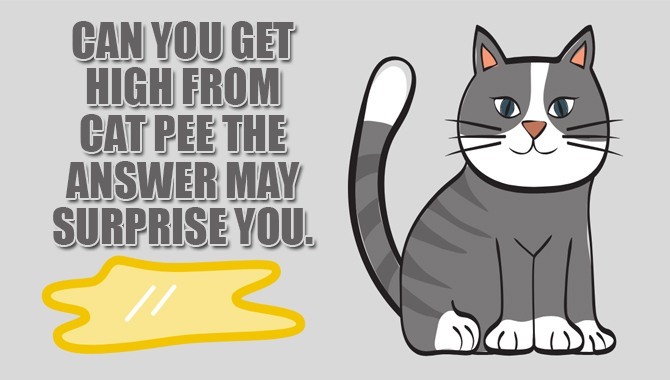
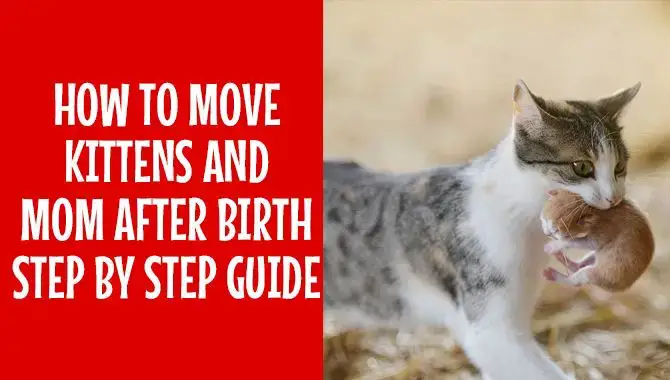
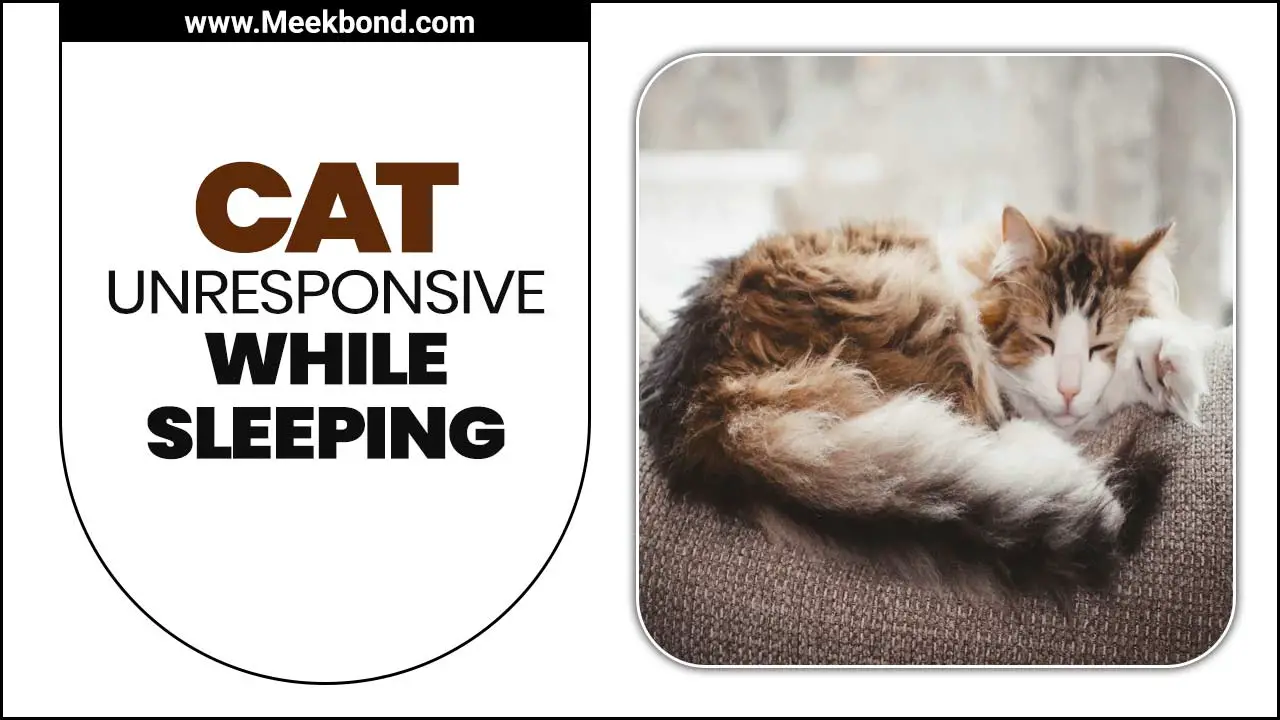
![How To Prevent And Treat Hairballs In Cats [A Details Guide]](https://meekbond.com/wp-content/uploads/2023/03/How-To-Prevent-And-Treat-Hairballs-In-Cats.jpg)



